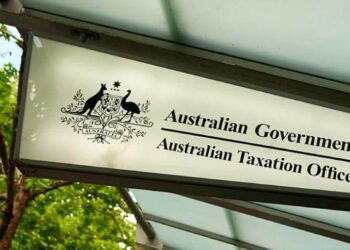The latest research by property data firm CoreLogic found that the number of investors buying dwellings has been falling since early 2022.
The analysis found that investment property purchases peaked at 21,663 in March 2022 and as of January 2023, the volume of new investment loans had fallen around 47 per cent to 11,485.
CoreLogic head of research Eliza Owen said the decline in the volume of property sold in the final three months of 2022 reflects the reduced appetite for property purchases in the period, as well as fewer vendors being willing to sell in a weaker market.
Colin Lewis, head of strategic advice at Fitzpatrick’s Private Wealth, said buying into the property market is a decision that needs to be made after collating and digesting as much information as possible – like any other investment.
“In the SMSF space the first and foremost thing to consider is whether an investment property is consistent with the fund’s investment objectives and strategy that allow for property investments,” he said.
“Some people purely set up at an SMSF to buy property. They may think about how they can buy a property and establishing an SMSF comes to mind, but that is really putting the cart before the horse.”
Mr Lewis said the decline in property prices has come at a time with rising interest rates so if an SMSF is considering entering into the market now, it is best to investigate whether doing it through the fund is the best way.
“You may have a super balance that will allow you to buy it outright and that would be the best and easiest way to do it,” he said.
“If there is not enough in the fund to do that, SMSF members may consider making contributions, or enter into a tenants in common arrangement which you could do with a member of the fund.
“In this way the fund owns one part and the tenant owns another. The downside to this is that if it is a residential property, the fund can’t buy the remainder of the property.”
Mr Lewis said the fund could also enter into a limited recourse borrowing arrangement, but he warned the big banks are now not entering into property lending with SMSFs.
“It’s important to remember that interest rates are going up as the property market is going down, and if you’re borrowing funds from a related party to purchase property you must meet the ATO’s safe harbour guidelines to ensure the NALI provisions do not apply,” he continued.
“The downside of this is that the outstanding loan balance counts to members’ total super balances which could prevent them from making non-concessional contributions needed and pay off the loan.
“Another way of acquiring a property using super is through an interposed trust often referred to as a section 13.22C unit trust. This is a non-geared trust that allows an SMSF to invest in property with a related party without breaching the in-house asset rules.
“There are a lot of potential traps in purchasing property in an SMSF. For example, where a property is the main asset of the fund and you need to pay out a benefit you could have a problem as you can’t sell just a bathroom, you’d have to sell the whole property.
“People often don’t plan for contingencies, and if it’s say a two-member fund and there’s a relationship breakdown or one member dies then you may have to sell the property to transfer or payout benefits.”


